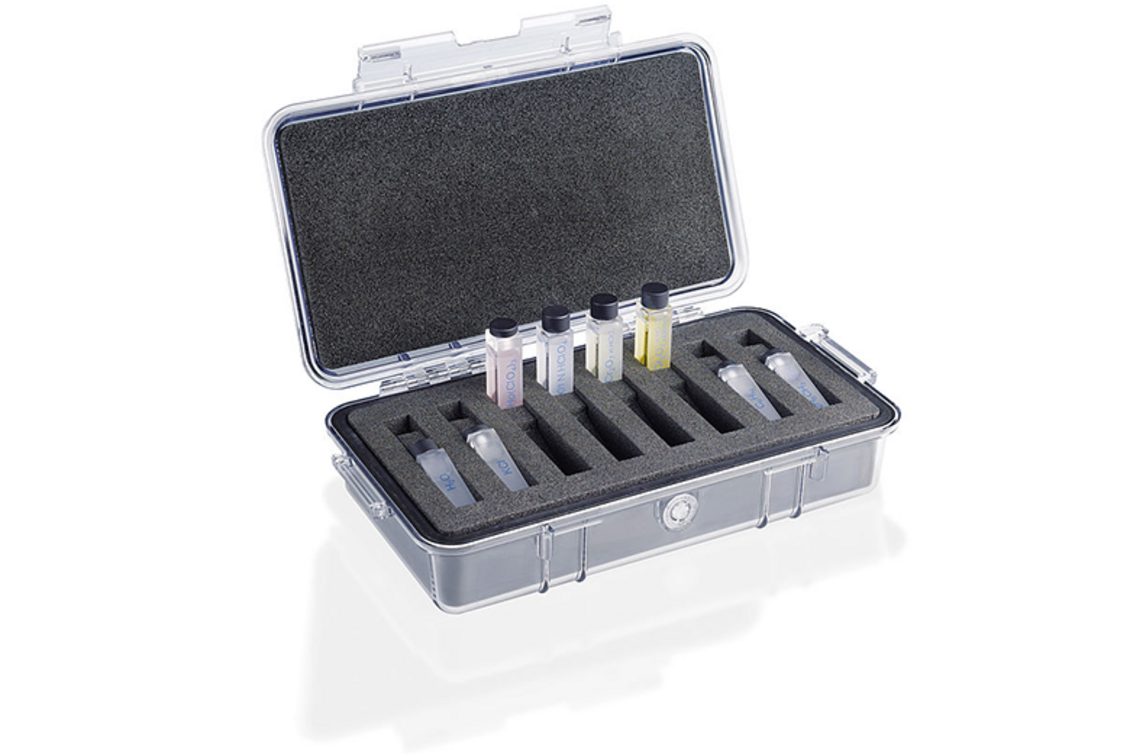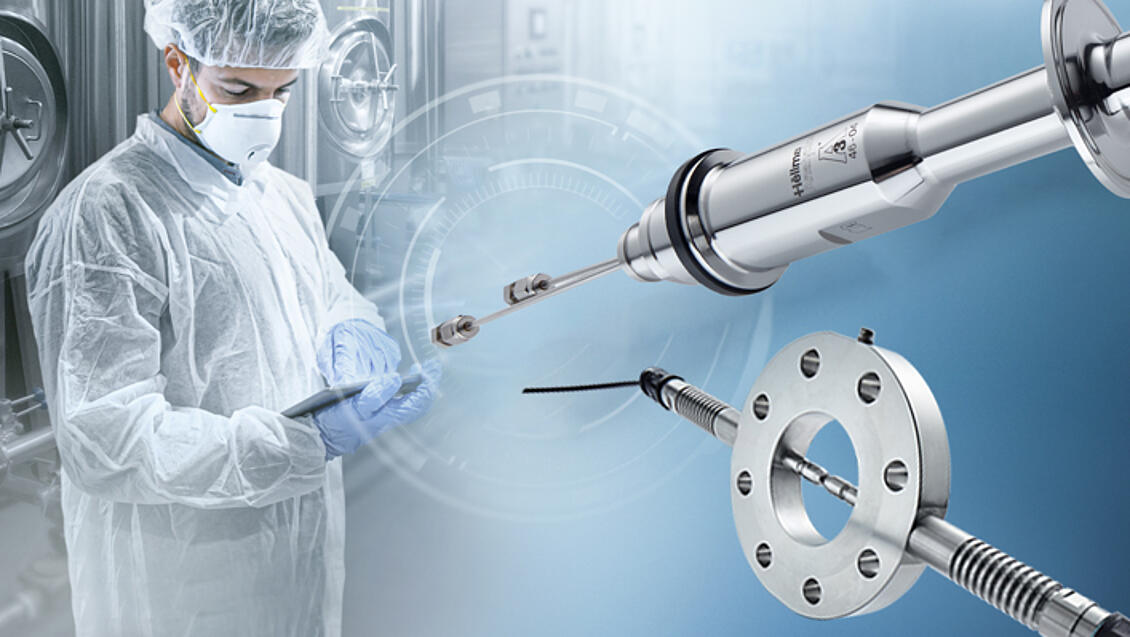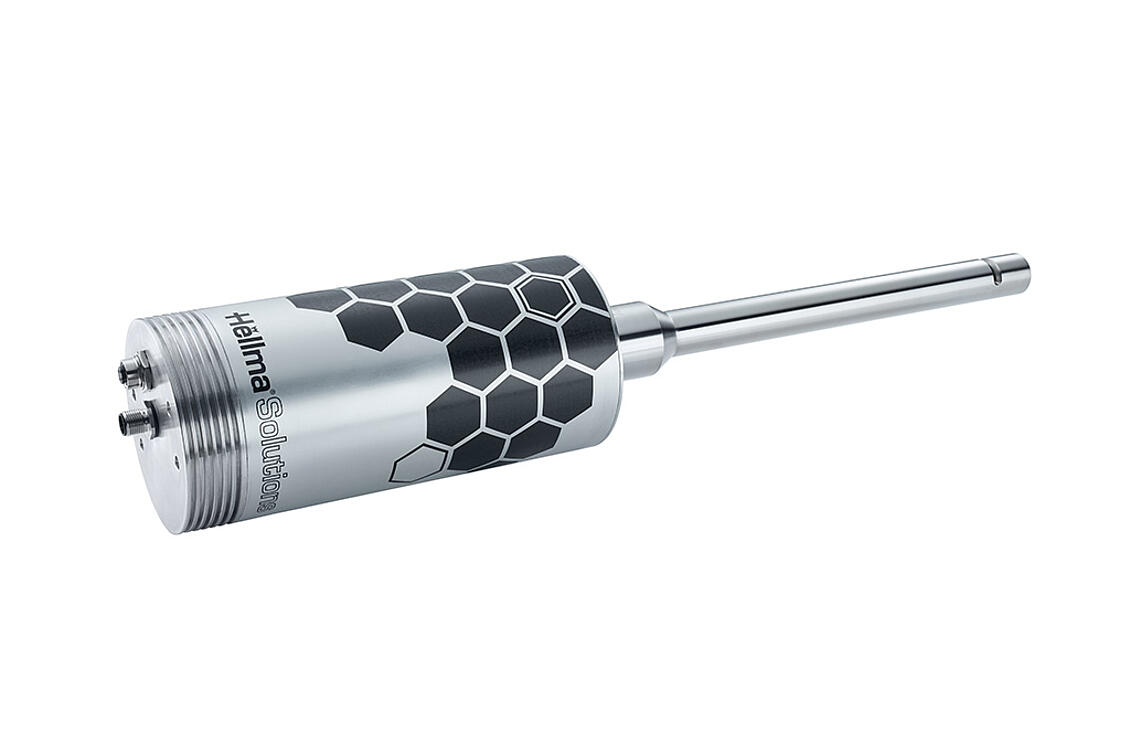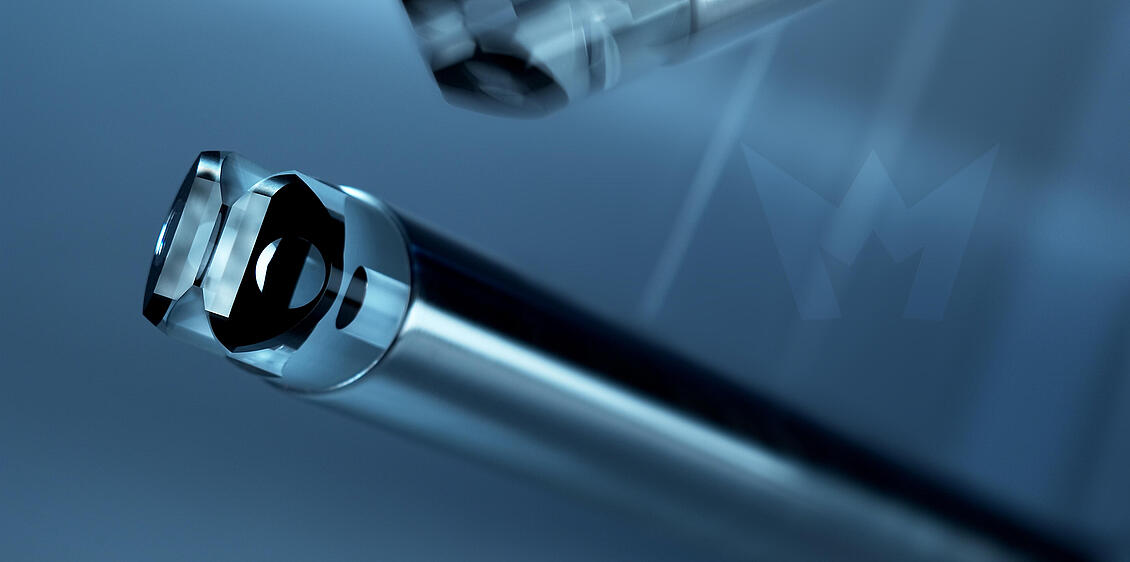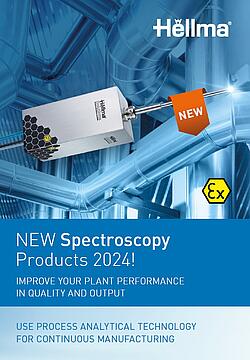The Hellma laboratory probes illustrate the beginnings of the probe production with the use of quartz measuring heads. The development of the monolithic measuring heads was the result of many years of experience in the quartz-glass processing and cuvette production. These measuring heads are an integral part of the Excalibur laboratory probes, but also the Excalibur Extremely Precise process probes.
A unique case is the all-quartz probe, which is available exclusively from Hellma-Analytics. In the process edition with axial measuring gap, the entire probe including the flange is made of quartz glass. The probe is made entirely of quartz and no seals are used, making the probe resistant to organic solvents and many strong acids.
Process probes and measuring cells are usually made from stainless steel, but can be upgraded to Hastelloy.
Some probes, such as the Falcata line, are available in titanium. The titanium allows the windows to be brazed, eliminating the need of elastomeric seals.
For special applications, more specialized materials such as PTFE can be used. PTFE probes and measuring cells are particularly resistant to strong acids and bases.

